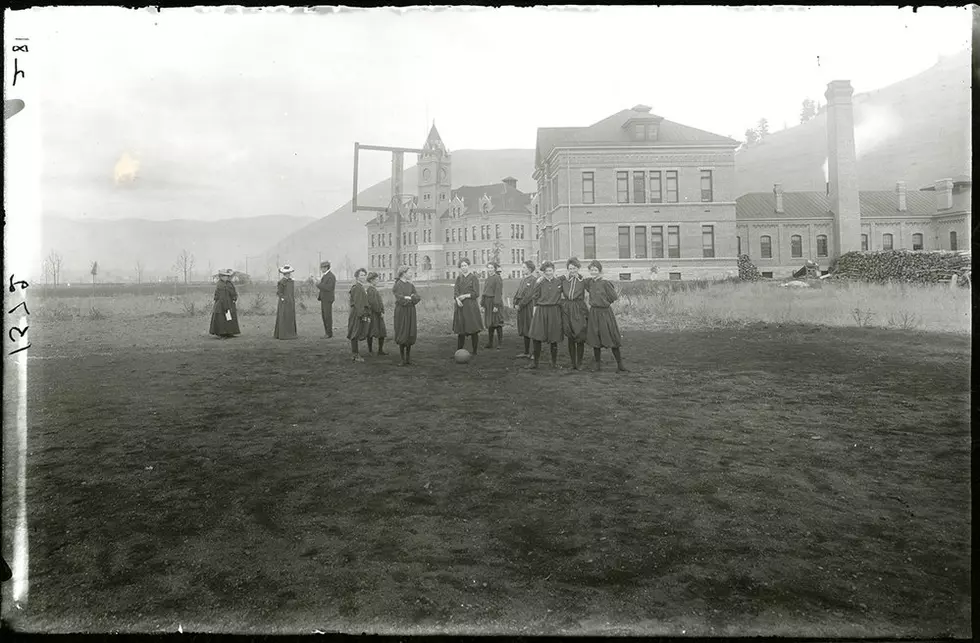
Harmon’s Histories: The names behind the dorms at UM
A huge construction project is set to begin at the University of Montana in August of this year: a new $100-million, 600-bed residence hall to replace three existing dorms: Elrod, Craig and Duniway.
Craig Hall (named after the university’s first president, Oscar John Craig) logically should have been the name given to the campus’ first residence hall. It wasn’t.
In fact, Craig Hall wasn’t built until 1952, more than 30 years after the first residence hall. That’s amazing, when you consider that when Craig was hired in 1895, there was no University of Montana – just a concept.
Craig largely created the U-M we know today including Science Hall and, Main Hall; ASUM and The Kaimin student newspaper; two schools and over a dozen departments; and a gymnasium and library.
Craig served as President for 13 years (1895 -1908).
The other two residence halls bear the names of men who were – well – more than a little outspoken and controversial.
Elrod Hall (the oldest, built in 1921 and originally called “South Hall”) was later renamed to honor Dr. Morton J. Elrod, a well-liked professor.
Elrod, about whom I wrote a few years ago, “was a naturalist, an avid photographer, creator of the Flathead Lake Biological Station and the campus newspaper (Kaimin).” He was a big proponent of getting students out of the classroom and into the field, to gain first-hand experience.
And, what a photographer he was! His photos included the glaciers of Glacier National Park, the Native Americans on the Flathead Reservation and the covered wagons he used when doing field research. You can view many of Elrod’s photos on the Montana Historical Society’s website.
But he wasn’t a fan of UM’s first president, Oscar John Craig, whose administration, he claimed, gave him little support. He suffered a stroke in 1934 that ended his career.
And finally, we come to Duniway – the last of the three residence halls to be consolidated into the proposed new 600-bed residence hall.
Why in the world it was named for Clyde Augustus Duniway is a head-scratcher.
One of the University’s first students and earliest faculty members, Eloise Knowles, probably rolled over in her grave, at the thought. She had written, “Dr. Duniway is inefficient; he is a millstone about our necks.”
Duniway was dismissed as UM President in 1912 by the State Board of Education.
Some felt it was because he “refused to appoint a local politician as dean of the law school."
Others, like Charley H. Hall, a well-known Missoula lawyer at the time, surmised it was the fact that Duniway and the board disagreed over policy issues and “the impossibility of avoiding friction between himself and the board.”
J. B. Speer, Duniway’s secretary and the university’s registrar, conjectured it may have been because, “Duniway was a crusader frequently intolerant of those who did not agree with him, particularly on moral issues.”
Professor Aber (Aber Day) said, “Some good men are opposed to Duniway, though I have not yet heard a good reason from one of them.”
Meantime, the Missoula chapter of the Socialist Party of Montana passed a resolution decrying the lack of any explanation and “demand(ed) the State Board of Education publish the charges, which led to his dismissal.”
The Kaimin student newspaper had nothing to say at the time, but later acknowledged, “The University is losing a competent and brilliant educator, adding, “The regents would have had to look far and wide to find a better man.”
Duniway died on Christmas Eve in 1944.
Construction bids for the new residence hall are expected in May. If the Regents approve a contract in July, work could begin in August, with completion in late 2026 or early 2027.
